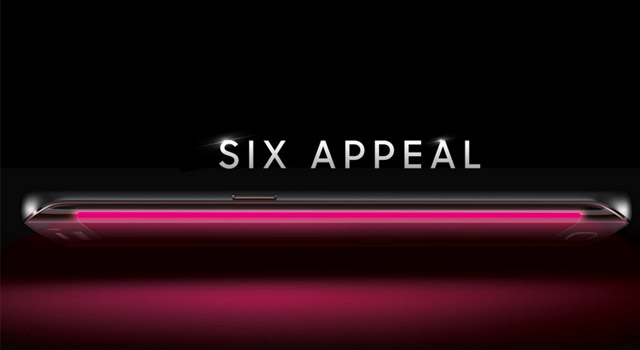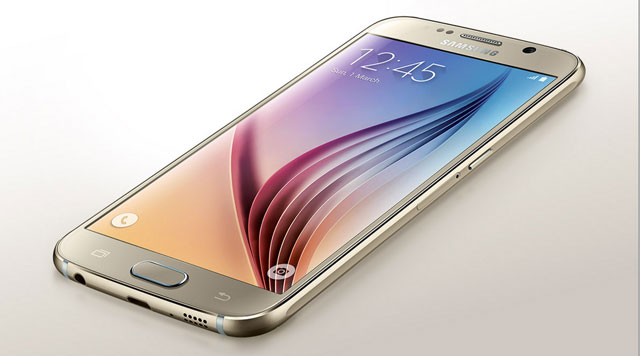
Samsung made it clear at the launch of its two new flagship smartphones, the Galaxy S6 and the Galaxy S6 edge, on Sunday evening that it’s taking direct aim at Apple as it fights to make up ground it’s lost to its American rival in the past year.
Making repeated comparisons with Apple’s iPhone 6 and iPhone 6 Plus during the presentation in Barcelona, Spain — where the annual Mobile World Congress kicks off on Monday morning — Samsung executives launched the new handsets and took the wraps off Samsung Pay, the Korean company’s competitor to Apple Pay, which was launched in 2014 in the US.
The company was clearly keen on taking potshots at Apple Pay during the keynote, saying that at launch its offering will, among other things, be accepted by “far and away” more merchants than any rival system. The launch will happen in the US and Korea in the northern hemisphere summer.
Claiming the new phones “set the performance bar for the entire industry”, Samsung executives took to the stage to declare that the company had developed the “most advanced smartphones in the world”.
The company touted a new, cleaned-up user interface, which has removed a lot of the clutter and made it quicker and easier to access services.
The redesigned TouchWiz interface appears to have taken a lighter-touch approach to re-theming the Android operating system the phones run (it’s version 5.0 “Lollipop”, of course).
But it was the hardware in the new phones that grabbed most attention.
The S6 edge, which looks set to be sold at a premium price, has two curved edges on the left and right (resembling a design ethos first introduced in the Galaxy Note Edge), while the regular S6 closely resembles the design of its predecessor, the Galaxy S5.
The phones are powered by a 64-bit octa-core chipset built using a 14nm manufacturing process. Samsung claimed that although the new processor is 20% faster than the unit in the Galaxy Note 4, it is 35% more energy efficient.
The company has also used the latest DDR4 RAM, claiming it provides an 80% performance improvement. It has also developed a new type of storage technology that it said is faster than other technologies and uses less power.

At 5,1 inches, the screen size hasn’t changed over the S5’s. The QHD screen’s pixel density of 577ppi is 77% higher than the S5’s, according to Samsung. The phone is thin, too, at just 6,8mm.
Gone is the cheap plastic materials of prior models, replaced with a slim, metal unibody design. There are four colours to choose from, including an attractive green.
However, despite the new unibody design, the phones are not water resistant.
Samsung didn’t disclose the capacity of the battery at Sunday’s event, but it claimed the device now charges much faster — twice as fast to fully charged, it said, than an iPhone 6. A 10-minute charge provides up to four hours of day-to-day use, the company said. This fast-charging feature presumably requires a Samsung-designed charger to work.
Wireless charging is also a built-in feature of the new phones, and Samsung is supporting both industry standards for such charging, meaning more options for users on the go.
Given the amount of time dedicated to the subject at Sunday’s keynote, camera technology was clearly a key focus for Samsung in its new flagships.
The front-facing “selfie” camera features a 5-megapixel sensor, brighter f/1.9 lens, real-time high-dynamic range and a low-light feature that combines multiple images to create a brighter composite image.
The rear camera’s sensor is 16 megapixels and features the same f/1.9 lens for low-light photography. Optical image stabilisation is included, too. Samsung said it takes less than a second to bring up the camera software as it is always running in the background, allowing users to snap pictures quickly.
The two phones come in three storage variants — 32GB, 64GB and 128GB. There’s no microSD card slot, so those considering this phone will be best advised to choose a size carefully at purchase.
Both phones go on sale in 20 countries on 10 April, followed by a roll-out to other markets. It’s not immediately clear if South Africa will be in the group of the first 20 countries to get them. — (c) 2015 NewsCentral Media




